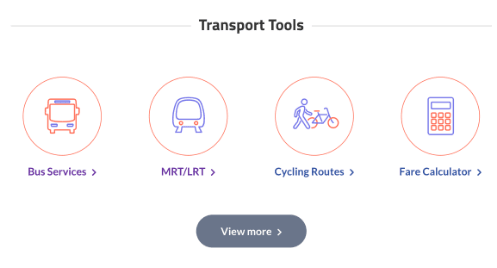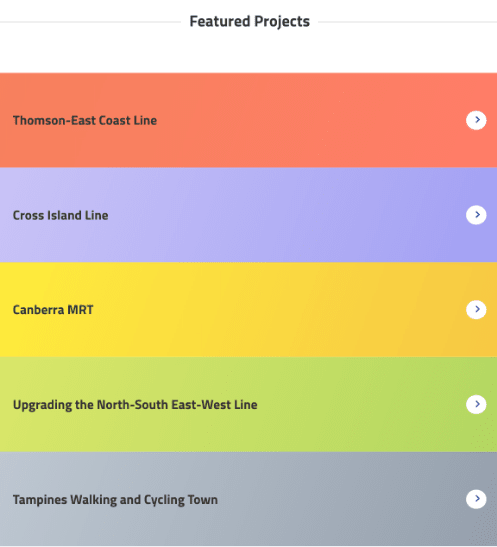Green design
One of the biggest challenges is to keep MRT stations cool in Singapore’s humid climate—and to not use too much energy to do it!
For our stations located underground, this is done by installing platform screen doors and using an energy-efficient system design to reduce air-conditioning energy consumption. For stations located above ground, passive cooling strategies are employed. Some tap on High-Volume, Low-Speed (HVLS) fans and others leverage the greenery woven into the building façade to reduce heat. Where possible, MRT stations are also designed to tap on natural ventilation and sunlight to save energy.
Green construction
The use of green labelled materials, finishes and fixtures like green cement and green concrete, Singapore Green Building Council (SGBC) certified architectural finishes, PUB’s WELS certified water fittings and more ensures that the construction process itself minimises its carbon footprint.
In addition, harmful chemicals in the station environment are removed using paints with less Volatile Organic Compounds (VOCs).
Green operations
Some existing stations, along with other new upcoming lines, employ energy-efficient technology that help us ensure we only use what we need.
For example, carbon-dioxide sensors are used to adjust the fresh air supply, and there are high-efficiency chillers with magnetic bearing compressor, LED fixtures, and motion sensors to activate lighting and fans at staircases, toilets and staff room for energy saving purposes. Solar photovoltaic systems which use solar panels to harness energy can also be found on the station entrance roof to offset energy consumption of MRT stations. Finally, escalators are provided with dual speed features, which means they will move slower during off peak-hour to conserve energy.
Green living
To encourage travelling by foot, bicycle and public transport, MRT stations are designed to be well-connected to other amenities like bus stops, pick-up and drop-off points, bus interchanges. Bicycle parking spaces are also available near the stations to facilitate cycling for commuters’ first and last mile travel.
Section 2: Badge of Honour – The Green Mark Certification
Did you know? Buildings with sustainable features are recognised and awarded with the Building and Construction Authority’s (BCA) Green Mark Certification. This is a certification that rates the building based on its energy efficiency, water efficiency, environmental protection, indoor environmental quality and more.
The grading system (also known as the GMTS:2018) is based on an ascending scale of gold, gold plus and platinum. For a building to receive the highest rating of a Green Mark Platinum building, it needs to be able to achieve more than 30% energy savings!
To date, two Singapore MRT stations have made the cut.




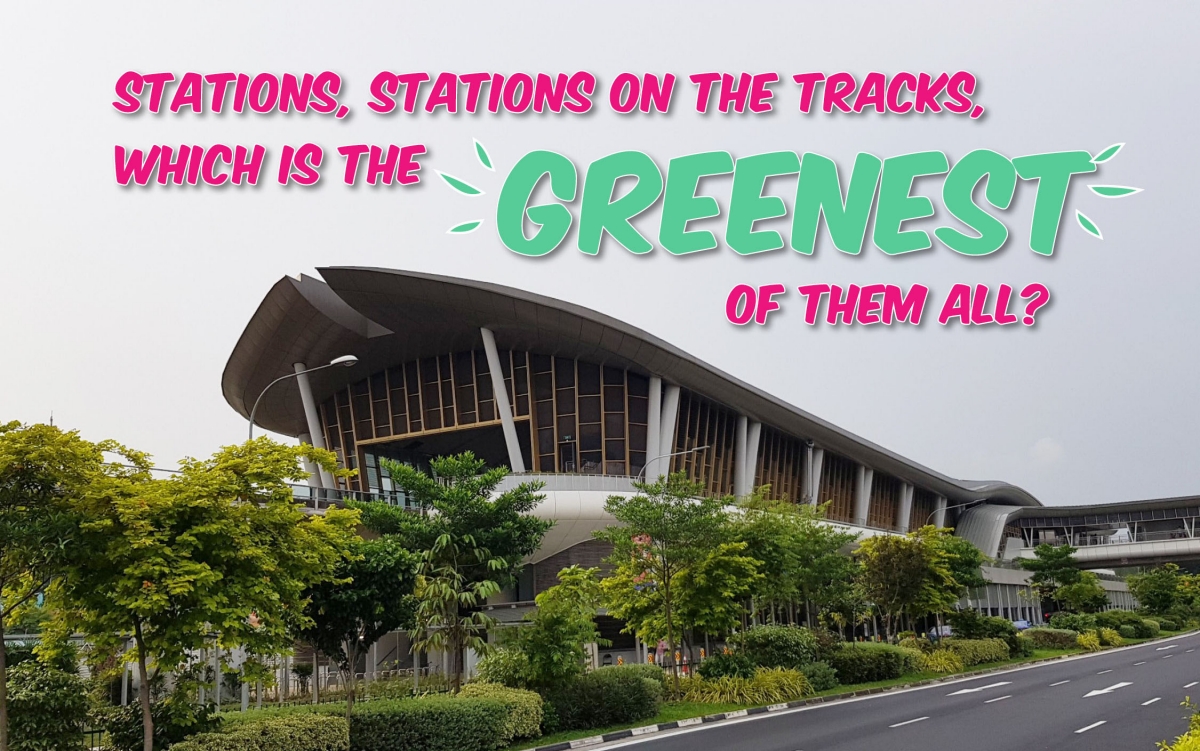
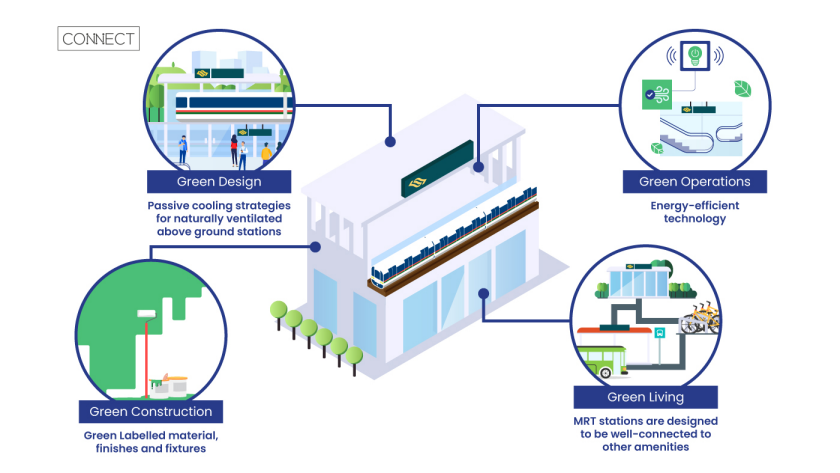
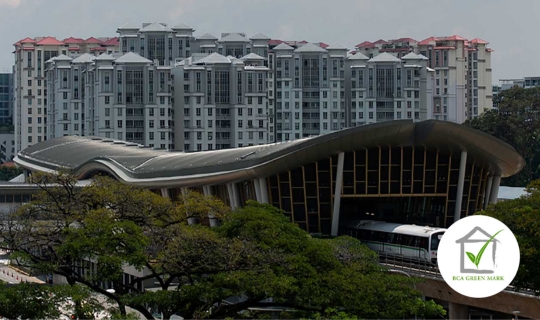
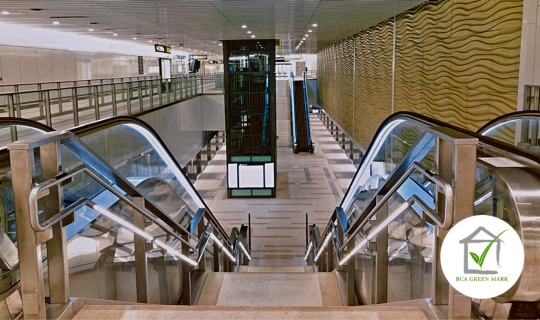
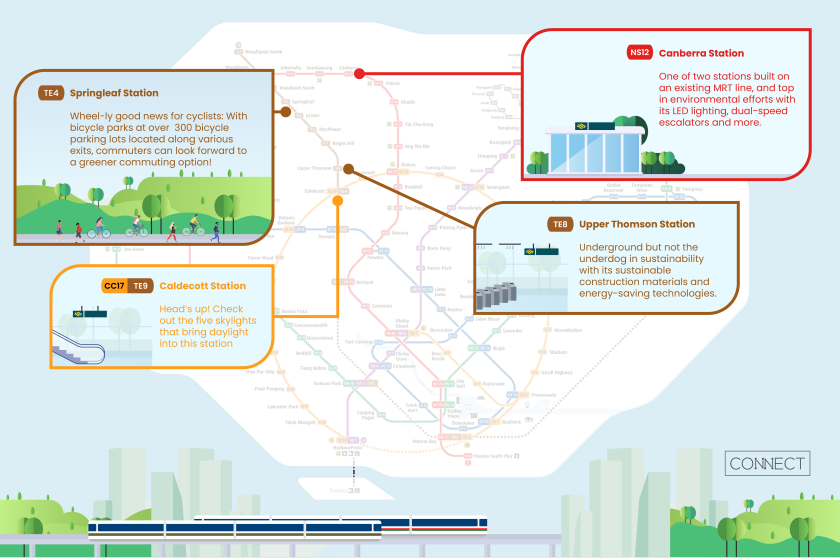
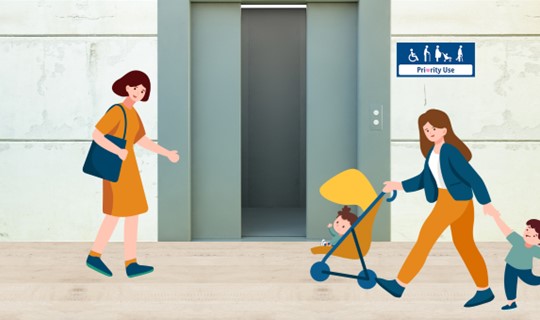 Easy, Breezy, Families Ride Easy!
Easy, Breezy, Families Ride Easy!
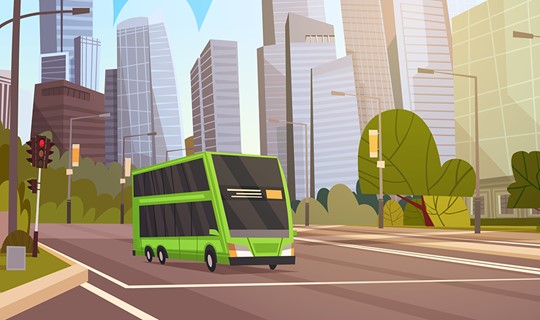 Your 10 Best Bets for a Scenic Bus Cruise
Your 10 Best Bets for a Scenic Bus Cruise
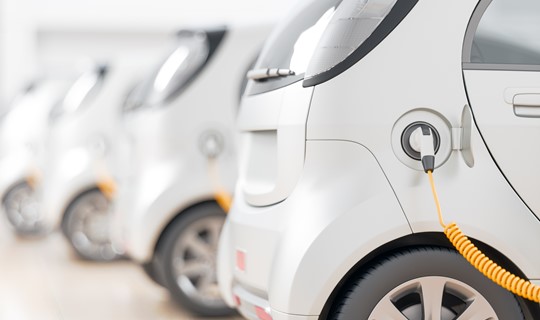 8 Facts to Charge Up You Knowledge About Electric Vehicles
8 Facts to Charge Up You Knowledge About Electric Vehicles
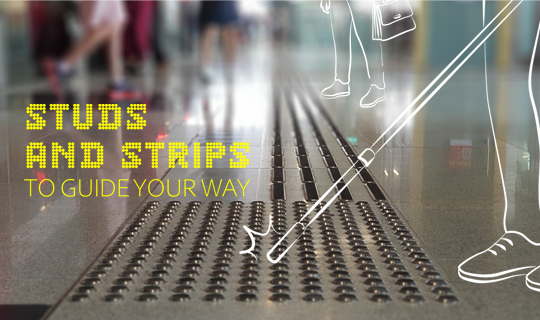 Tactile Guiding System in Singapore
Tactile Guiding System in Singapore
 Take a brake! Explore these eight hidden gems on your bike
Take a brake! Explore these eight hidden gems on your bike
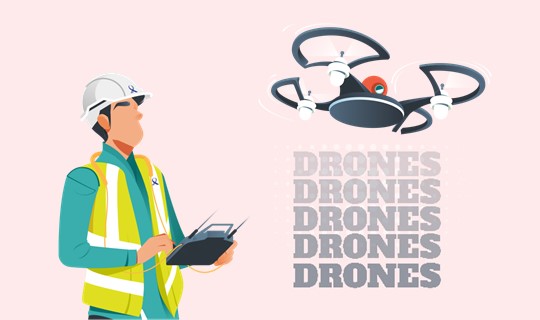 Drones in the Zone
Drones in the Zone
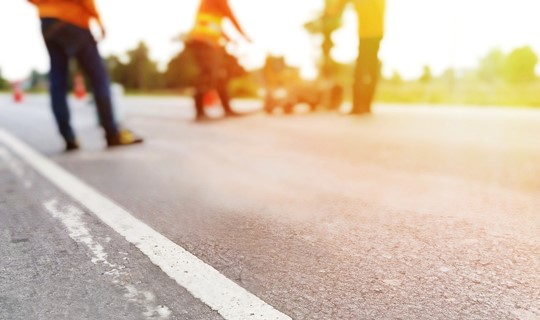 Making a Mark in 3D
Making a Mark in 3D
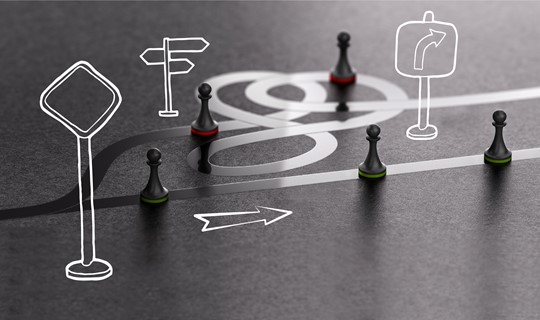 Nifty Wayfinding
Nifty Wayfinding
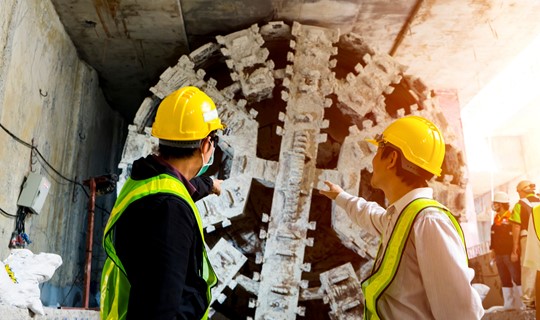 What lies beneath: LTA's Digging Machine
What lies beneath: LTA's Digging Machine
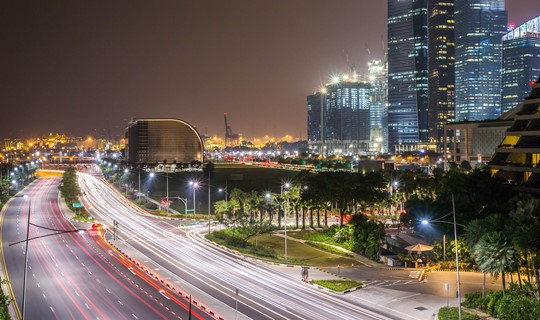 Watt a Smart Street Light!
Watt a Smart Street Light!
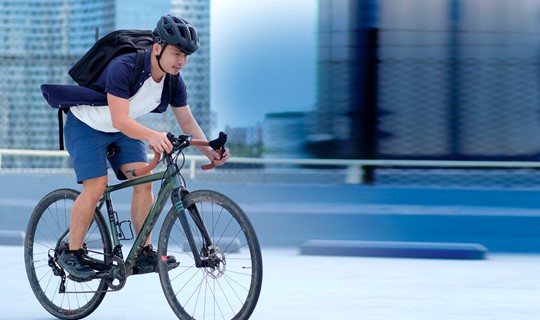 9 Cycling Tips from The Woke Salaryman
9 Cycling Tips from The Woke Salaryman
 Singapore's Road EMAS-gency Experts
Singapore's Road EMAS-gency Experts
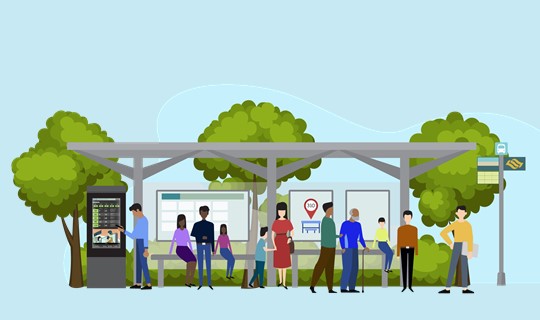 Making a "PID-Stop" at one of our bus stops?
Making a "PID-Stop" at one of our bus stops?
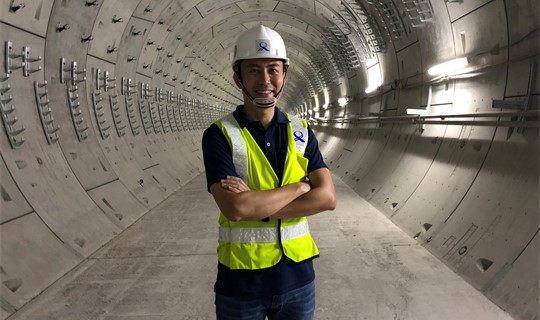 Excuse me, are you a boring engineer?
Excuse me, are you a boring engineer?
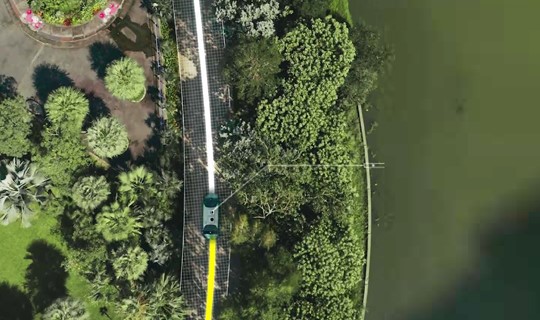 Look Ma, No Hands!
Look Ma, No Hands!
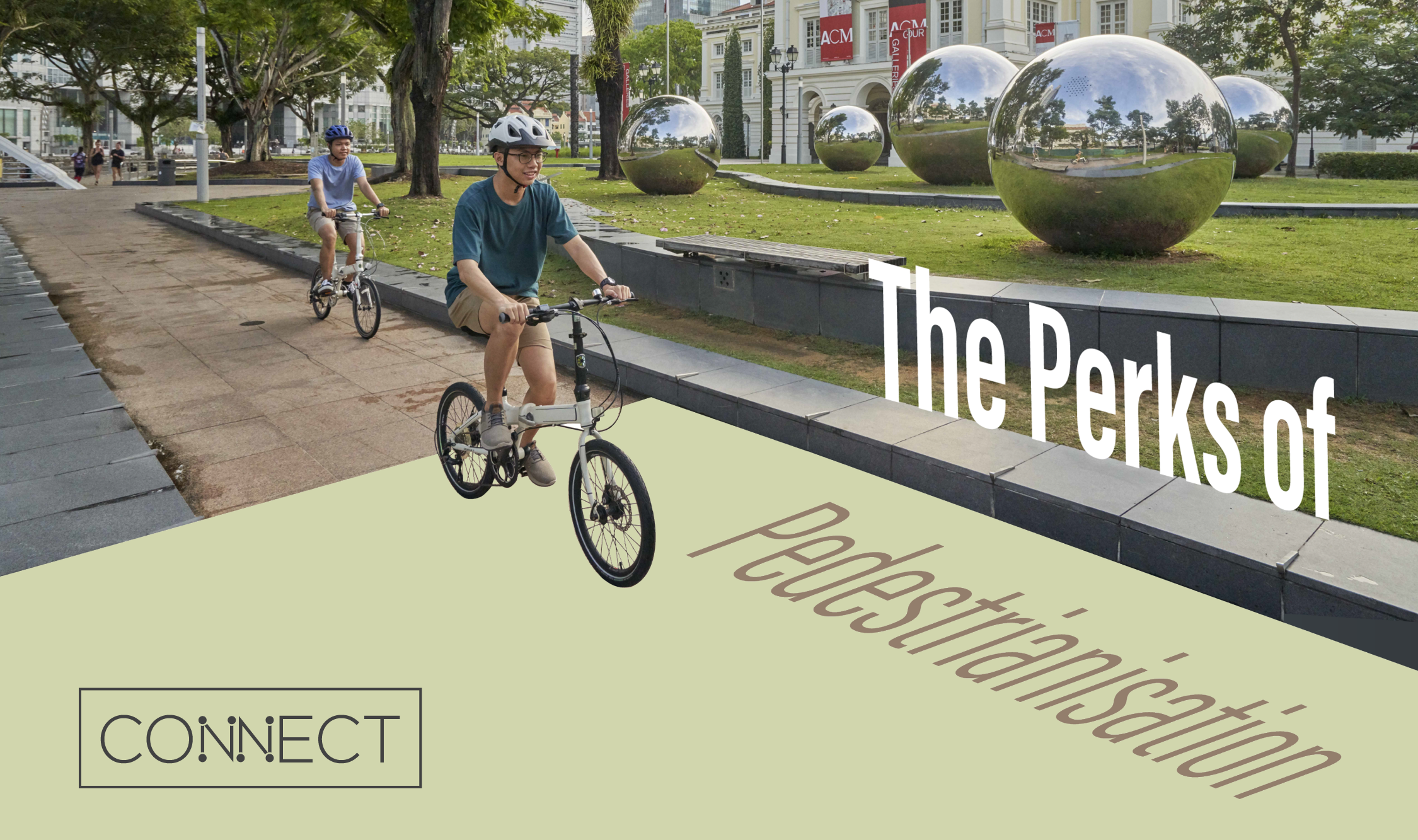 The Perks of Pedestrianisation
The Perks of Pedestrianisation
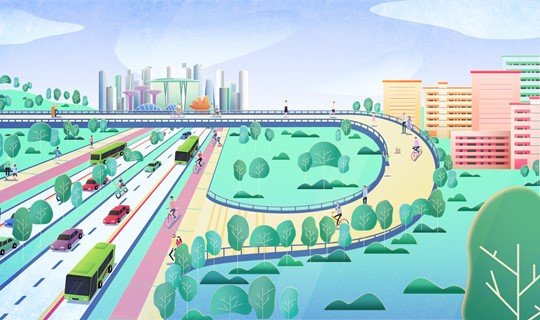 Introducing Singapore’s Longest Transit Priority Corridor
Introducing Singapore’s Longest Transit Priority Corridor








